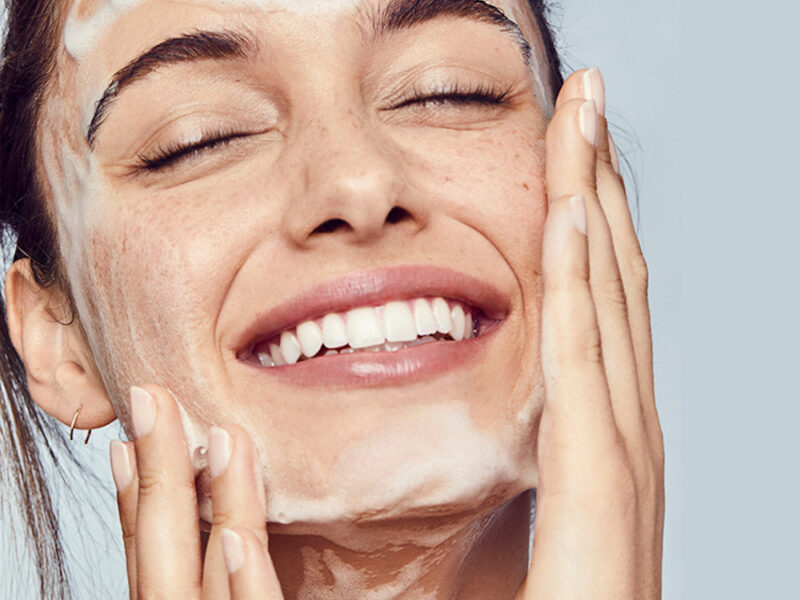
Inaccurate and untrue skincare treatment tips to avoid
Most of us have created a morning and evening skincare regime inspired by the advice in magazines, in advertising and on the products we buy. People who have a great complexion and no problems are no doubt doing the right thing, but if you do have concerns, it may be time to rethink how you care for your skin.
Not all effective beauty treatments have to be expensive, and sometimes even the most established ideas are questionable. Read on to find out more about which beauty tips are valuable and which are best left behind.
Buy skincare products for your age group
So many of the cleansers, toners and moisturizers we buy are designed for a particular age group, be it products aimed at people in their 20s, 40s or 60s. We also see treatments for either young skin or mature skin, but people in those age brackets do not have the same type of skin. Therefore, it makes sense to build a beauty routine based on your complexion, be it dry, oily or sensitive, rather than how old you are.
Melasma only occurs during pregnancy
Although it is often referred to as being the ‘mask of pregnancy’ melasma does not only affect women who are expecting a baby. Those darker areas of skin on the forehead, cheeks and elsewhere on the face can develop in almost anyone. People with a family history of melasma, women on the pill and people who spend a lot of time in the sun can also experience the symptoms. Fortunately, there are ways to minimize the visible signs.
For reliable melasma treatment ideas, visit Relief Seeker – a health and wellness website where you can search for information on the condition, locate healthcare providers and even save money by comparing the price of appropriate treatments.
Everyone will get age spots eventually
What we know as age spots are usually patches of discoloration caused by exposure to the sun. They often look like freckles and are brown or light tan. The marks are associated with age because they occur after many years of unprotected tanning, but in fact, they can appear at any age. Even children can get freckles across their nose after a day in the sun and people in their 20s can find smaller, flat areas of skin that have become darker than the rest of their complexion.
The problem is certainly not inevitable and can be avoided if you smooth on a sun protection cream regularly. Once age spots are established, treating them is tricky but not impossible. Skin lightening agents, some forms of vitamin C and ingredients such as niacinamide can all help.
Exfoliate daily for clearer skin
Over-exfoliated skin can become dry and irritated, so daily scrubs are not essential for most types. Lifting away dead skin cells with an exfoliator can help to brighten up the complexion and prevent blocked pores from causing breakouts. However, this treatment should be used in moderation. Consider how your skin reacts after exfoliation and base your future routine on that.
If you see an improvement with a weekly scrub, then that could be all your skin needs. Other skin types will begin to look smoother and fresher with more regular treatments. On average, two or three exfoliating treatments per week should give most of us that coveted glow and a softer surface.
Teenagers grow out of acne
Most of us will get spots in our teenage years, but the problem is not limited to young people. Acne can occur in all age groups, up to those in their 50s and the basic causes are similar. Breakouts in older women are often a result of hormonal changes and those same changes cause redness, irritation and pimples in teens.
As male hormones settle down after puberty, most men will grow out of the problem. For women, it’s a different story, as the menstrual cycle and menopause create hormone level fluctuations which can result in the occasional spot or a more serious bout of acne.
Eye creams are essential
Assuming a product has quality ingredients that work to nourish and repair the skin, it can be used carefully around the delicate eye area. Products such as eye gels or eye creams are labelled to make us think they are the only correct treatments for this part of the face, but regular serums can also be suitable. Just make sure they are emollient and free from potentially irritating fragrances.







